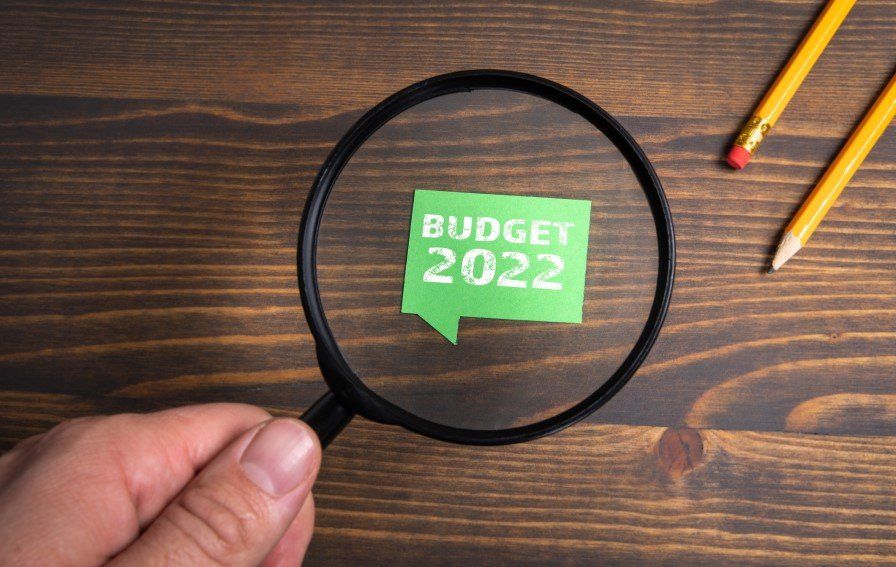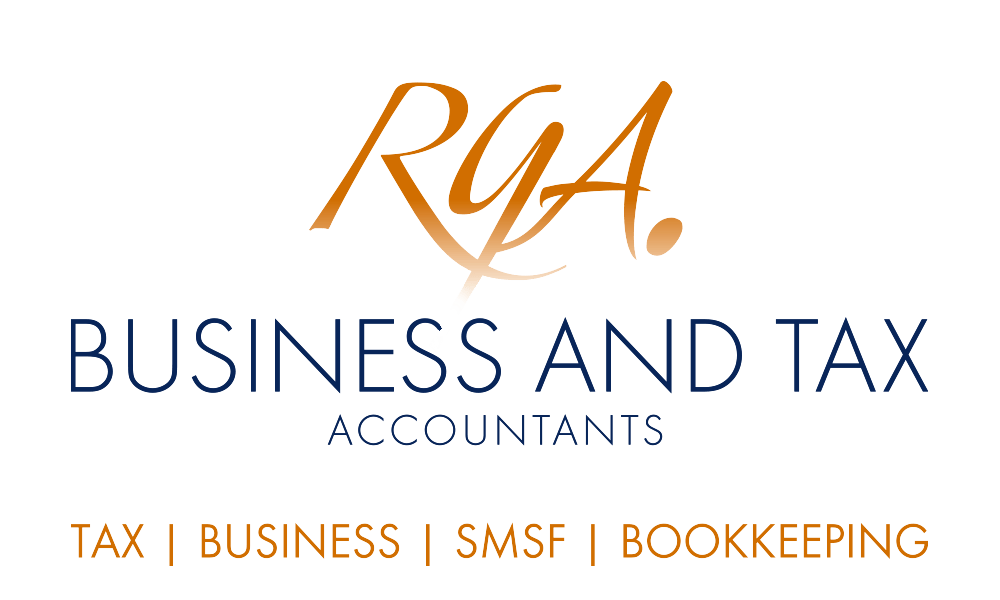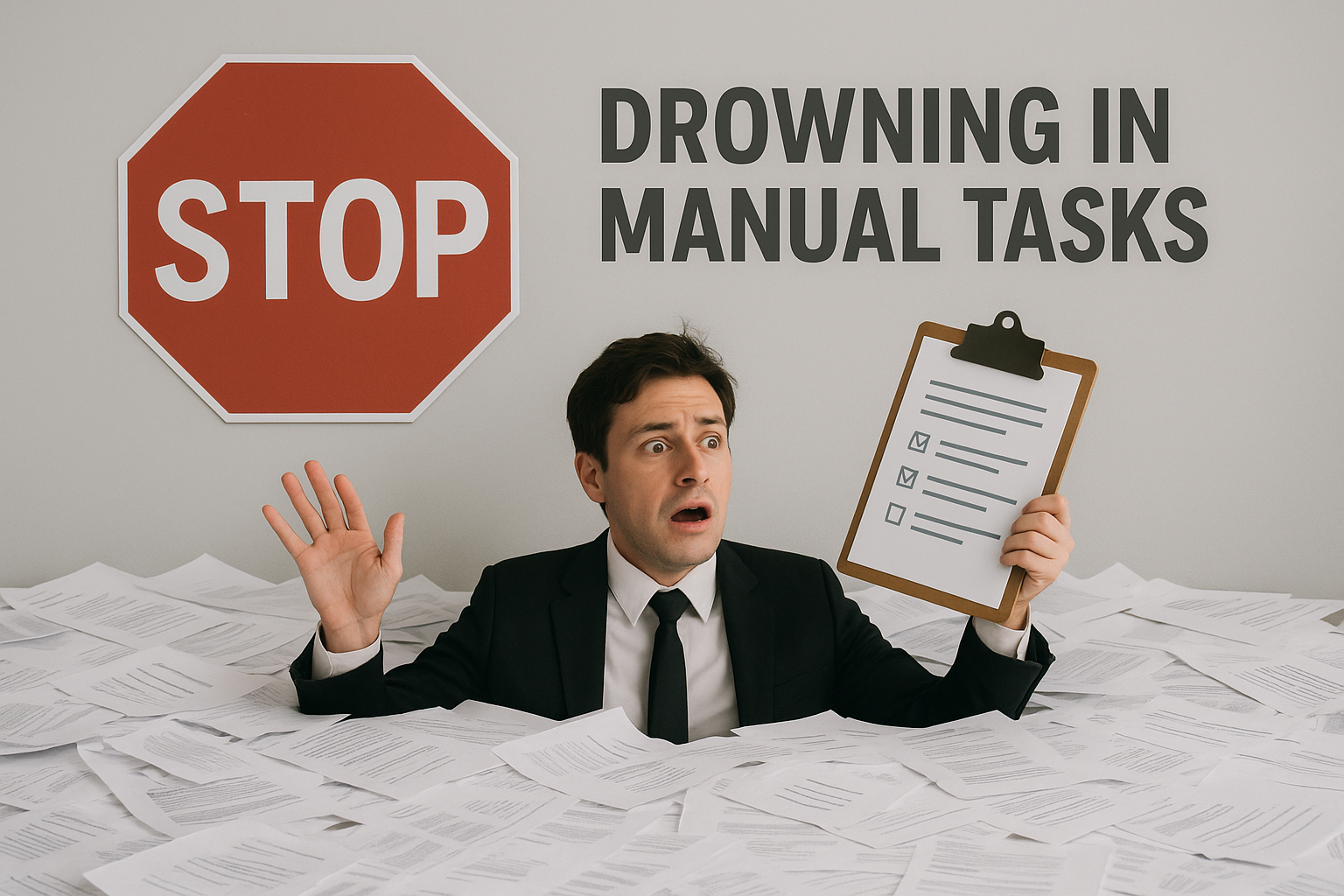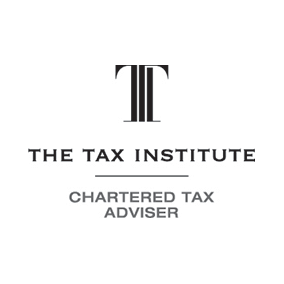Budget 2022: what’s in it for you?

On 29 March 2022, the government handed down its 2022 Budget, its last before the Federal Election is expected to be called. With all the media coverage of the Budget 2022, you will no doubt have heard about the “cash splash” spending spree that the government has gone on to win votes in the upcoming federal election. What’s really there for individual taxpayers to combat the cost-of-living increases caused by inflation?
Firstly, the Government will reduce the excise and excise-equivalent customs duty rate that applies to petrol and diesel by 50% for six months. The excise and excise-equivalent customs duty rates for all other fuel and petroleum-based products, except aviation fuels, will also be reduced by 50% for six months. The Treasurer said this measure will see excise on petrol and diesel cut from 44.2 cents per litre to 22.1 cents. Mr Frydenberg said a family with two cars who fill up once a week could save around $30 a week, or around $700 over the next six months. The Treasurer made a point of emphasising that the Australian Competition and Consumer Commission (ACCC) will monitor the price behaviour of retailers to ensure that the lower excise rate is fully passed on. The measure will commence from 12.01 am on 30 March 2022 and will remain in place for six months, ending at 11.59 pm on 28 September 2022.
Secondly, for eligible individuals that lodge their tax returns, the maximum LMITO they can receive for the 2021-22 year is $1,500 (up from the current rate of $1,080). For taxpayers with a taxable income up to $37,000, the LMITO for the 2021-22 year will be $675 after the increase. Those with a taxable income of between $37,001 and $90,000 will receive a LMITO of between $675 and the maximum rate of $1,500. Taxpayers with a taxable income above $90,000 will have the LMITO reduced by 3 cents for every dollar they earn above that amount. Those that earn more than $126,000 will not be entitled to the increase in LMITO in line with the current rules. Therefore, only some taxpayers will be eligible and not all will receive the maximum rate of $1,500.
Thirdly, for those who are not working and on an eligible welfare payment, the government announced in the Budget a $250 one-off payment in April 2022 to help with the cost of living. The payment will be tax-exempt and will be available to those on the age pension, disability support pension, parenting payment, carer payment/allowance, youth allowance, Austudy/Abstudy, and Jobseeker, to name a few. It will also be available to pensioner concession card holders and Commonwealth senior health card holders.
Fourthly, the Home Guarantee Scheme has been extended. The Home Guarantee Scheme guarantees part of an eligible buyer’s home loan, enabling people to buy a home with a smaller deposit and without the need for lenders mortgage insurance. The Government has extended two existing guarantees and introduced a new regional scheme. Just prior to the Budget, the Government announced:
· First Home Guarantee – from 1 July 2022, an increase from 10,000 to 35,000 guarantees to support eligible first homebuyers purchase a new or existing home.
· Single parent Family Home Guarantee - 5,000 guarantees each year from 1 July 2022 to 30 June 2025. The family home guarantee supports eligible single parents with children to buy their first home or to re-enter the housing market with a deposit of as little as 2%.
· Introduction of a Regional Home Guarantee. This guarantee will support eligible citizens and permanent residents who have not owed a home for 5 years (including non-first home buyers) to purchase or construct a new home in regional areas with a minimum 5% deposit areas (subject to the passage of enabling legislation).
The Economy
Australia’s unemployment rate is at 4%: the lowest rate in 48 years. Amid the ongoing COVID 19 pandemic and natural disasters, the Australian economy has outperformed all major advanced economies, experiencing a stronger recovery in output and employment from pre pandemic levels. The recovery is expected to continue with the unemployment rate forecast to reach 3.75% in the September quarter of 2022, nearly 3% below the forecast 2 years ago. The Wage Price Index (WPI) is forecast to increase from 2.75% through the year to the June quarter of 2022 to 3.25% through the year to the June quarter of 2023. But, there is “significant uncertainty around the pace at which wages growth will accelerate.” Real GDP is forecast to grow by 4.25% in 2021‑22. And, by 3.5% in 2022‑23 and 2.5% per cent in 2023‑24. The deficit for 2022‑23 is expected to be $78 billion or 3.4% of GDP. Since the Mid Year Economic and Fiscal Outlook (MYEFO), the underlying cash balance has improved by $103.6 billion over the 5 years to 2025-26. The Budget shows the deficit more than halving to 1.6% of GDP by 2025-26 before falling to 0.7% of GDP by the end of the medium term. Gross debt as a share of the economy is expected to peak at 44.9% of GDP at 30 June 2025, 5.4% lower and 4 years earlier than projected at MYEFO. Gross debt is projected to fall to 40.3% of GDP by the end of the medium term, 9.6% or $236 billion lower than at the end of the medium term in MYEFO. The Budget projects a halving in the deficit to 1.6% of GDP by 2025‑26 before falling to 0.7% of GDP by the end of the medium term.
Commodity prices are near record high levels, in part due to the Russian invasion of Ukraine. Metallurgical and thermal coal spot prices have recently reached highs that are 62% and 53% above previous peaks. Inflation is expected to rise to 4.25% through the year to the June quarter of 2022. This reflects higher global oil prices and ongoing supply chain pressures as well as price pressures in the housing construction sector. Then moderate to 3% in 2022‑23 and 2.75% in 2023‑24. The recent floods in Queensland and New South Wales have had a devastating impact on many communities. The Government expects to spend over $6 billion in total on disaster relief and recovery (in addition to the $3.6 billion already allocated to households, businesses and communities).
Expenditure: How the 2022-23 Budget will be spent
As the Government’s response to the COVID-19 pandemic reduces, expenses decrease from $640 billion in 2021-22 to $628 billion in 2022-23 – an impact that is primarily reflected in the health, social security and welfare, and other economic affairs functions. Expenses are expected to reach $687 billion in 2025-26. While, low unemployment and increased economic growth has reduced expenditure on income support programs, higher inflation and wages growth forecasts have impacted indexation rates and led to increased expenditure estimates on government payments to individuals.
Want to know more?
If you would like to find out more about how the Budget will affect you or your family, we can provide a detailed analysis based on your individual circumstances. The Budget also contained sweeteners for small businesses and other superannuation measures which may be of interest. Contact us today to find out more. For further information, please download our detailed Newsletter here. As always, the detail is important so please let us know if we can assist. Email us at Robert Goodman Accountants at reception@rgoodman.com.au . © Copyright 2022 Thomson Reuters & Knowledge Shop. All rights reserved. Brought to you by Robert Goodman Accountants.









